Leica today launches the new M10 Monochrom with a 40MP-plus sensor and ultra-discreet looks. It is based on the M10-P and will retail in the UK for £7,250, including VAT. It comes nearly five years after the arrival of the second-generation M240-based Monochrom and eight years after the original M9-based camera was introduced in Berlin to a great deal of excitement.
Far from being a quirky niche product, the Monochrom has become a firmly established member of the M rangefinder family.
Click images to enlarge
A major highlight of the new camera is an ISO range of 160 to 100,000. The higher range will make even 50,000 ISO usable in most conditions. Dynamic range, always a strong point of the Monochrom cameras, is better than ever and it is likely that the amount of detail to be recovered from dark areas will far surpass that of the current model. Indications are that the new Monochrome will have 15 stops of dynamic range.
The body is identical in dimensions to the M10-P but the overall appearance is extremely stealthy. The engravings on the black chrome body are not infilled with white while the red markings on the ISO and speed dials, as well as the red dot on the on-off switch, are filled in grey. This is probably the stealthiest and most discreet Leica rangefinder every produced.
The sensor, with 40.892 MP (Leica plays safe by referring to it as 40MP but most people will consider it to be 41MP), is a brand new design which, according to Leica, is developed exclusively “to unleash the full optical performance of Leica M lenses.”
This is important since the black-and-white architecture stretches the resolution of the Monochrom. It is quite possible, for instance, that the new camera will equate to a resolution upwards of 80MP. There have been concerns about the performance of some M lenses on such a high-resolution sensor, although experience with the SL2 has proved encouraging. But it is good to get confirmation that all modern lenses will perform well.
Buffer memory, which remains the same 2GB as the previous model, has a reduced capacity of 10 shots compared with the previous 22. This is a direct result of the large file size.
The camera is available from Leica dealers within the next few days at a cost of £7,250, including VAT. If that stuns you, bear in mind that the original Monochrom of eight years ago cost a hefty £6,000.
Highlights of the new camera are:
- 40MP monochrome sensor
- Monochrome black-and-grey design
- Base ISO 160, maximum 100,000
- Long exposure times up to 16 minutes
- Sepia and colour toning
- M10-thin body design
- M10 ISO dial
- Silent shutter from the M10-P
- Touch display
- Leica FOTOS connectivity.

For reference purposes, here is Leica’s comparison of the new Monochrom with its predecessor and the M10-P.
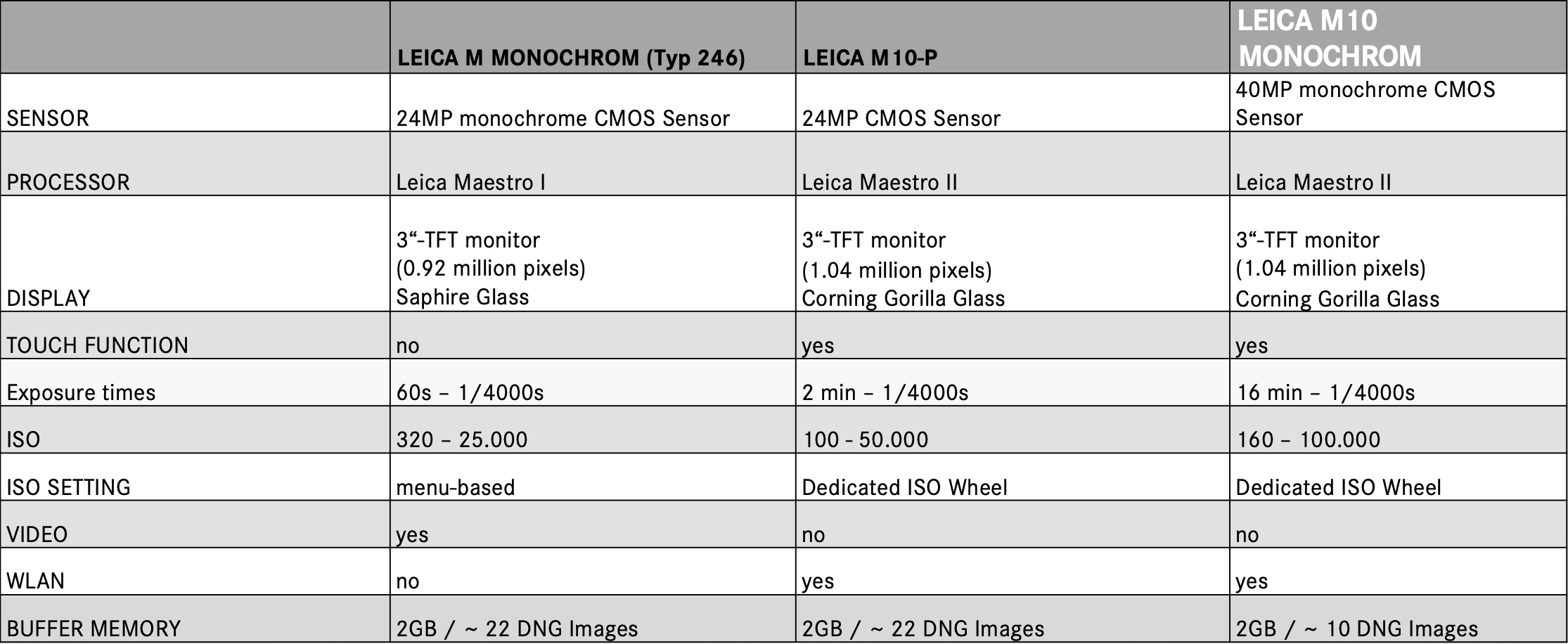
Later today we will be publishing Jonathan Slack’s test of a prototype M10 Monochrom. All images in this article are supplied by Leica Camera AG.
All images courtesy of Leica Camera AG
Press information
Free for release after: 2pm, 17 January 2020
Leica M10 Monochrom:
Leica Camera takes black-and-white photography to the next level
Wetzlar, 17 January 2020. Leica Camera is proud to announce the launch of the new Leica M10 Monochrom. Building on the legendary M-system, Leica is taking digital black-and-white photography to the next level with the launch of the new Leica M10 Monochrom, the modern only black-and-white only camera on the market today.
The new M10 Monochrom is the first black-and-white camera of the Leica M-system to offer an exceptionally broad sensitivity range of ISO 160 to ISO 100000, making the extremely high ISO performance and dynamic range even better than all its predecessors. With a newly developed 40- megapixel black-and-white sensor, the best black-and-white sensor Leica have made, the M10 Monochrom delivers images with a natural sharpness and an unrivalled resolution in all lighting conditions.
Similar to the Leica M10-P, the design of the M10 Monochrom is equally as unobtrusive and minimalist. Almost entirely constructed by hand, the Leica M10 Monochrom has no Leica ‘red dot’ logo on the front and only features a discreetly engraved logotype ‘Leica M10 Monochrom’ on the top plate – in black and white, emphasising the character of the camera. The materials and finish are of the highest standards, reflecting the exceptional quality and reliability that Leica has become renowned for.
The technical details and the handling of the Leica M10 Monochrom are identical to those of the Leica M10-P, a particularly discreet version of the Leica M-Camera that focuses entirely on the most essential camera functions. Its features include quietest shutter release Leica has ever built, making it the ideal tool for capturing authentic photographs from the heart of life. As is the case with all Leica M-Cameras, the new black-and-white sensor on the Leica M10 Monochrom will work with all lenses in the Leica M portfolio, offering the photographer greater flexibility whilst upholding the highest imaging quality.
RRP: £7,250

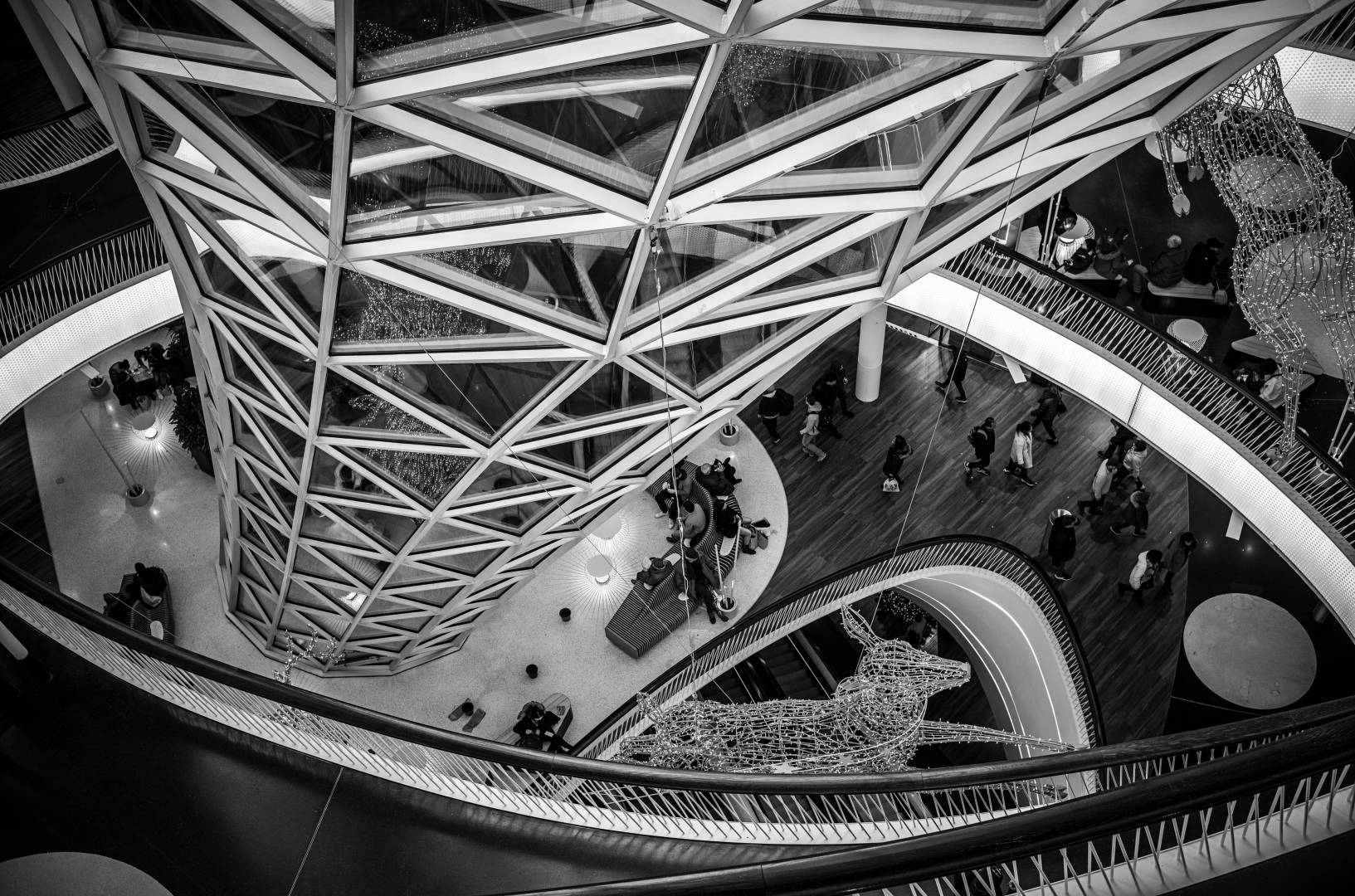
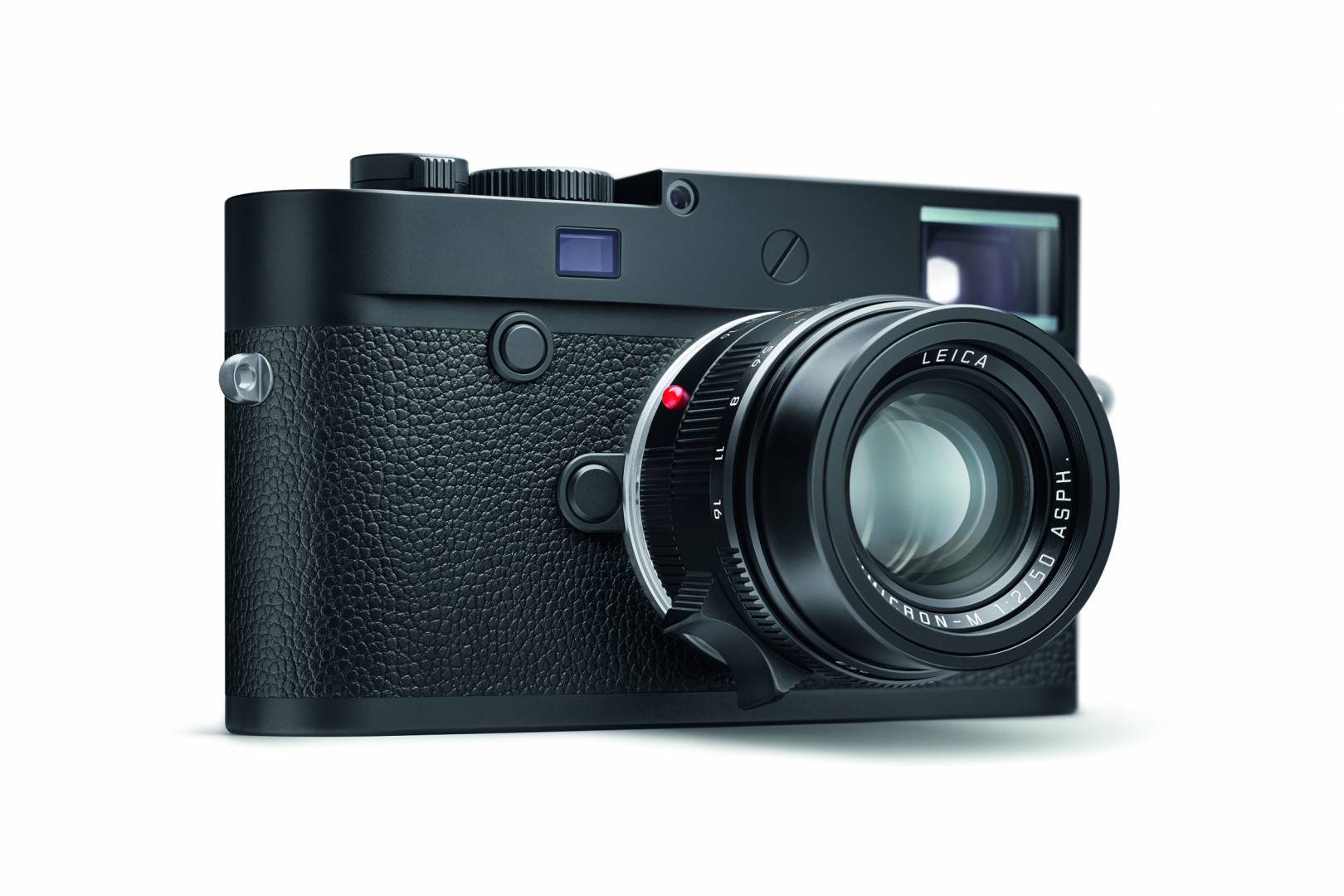
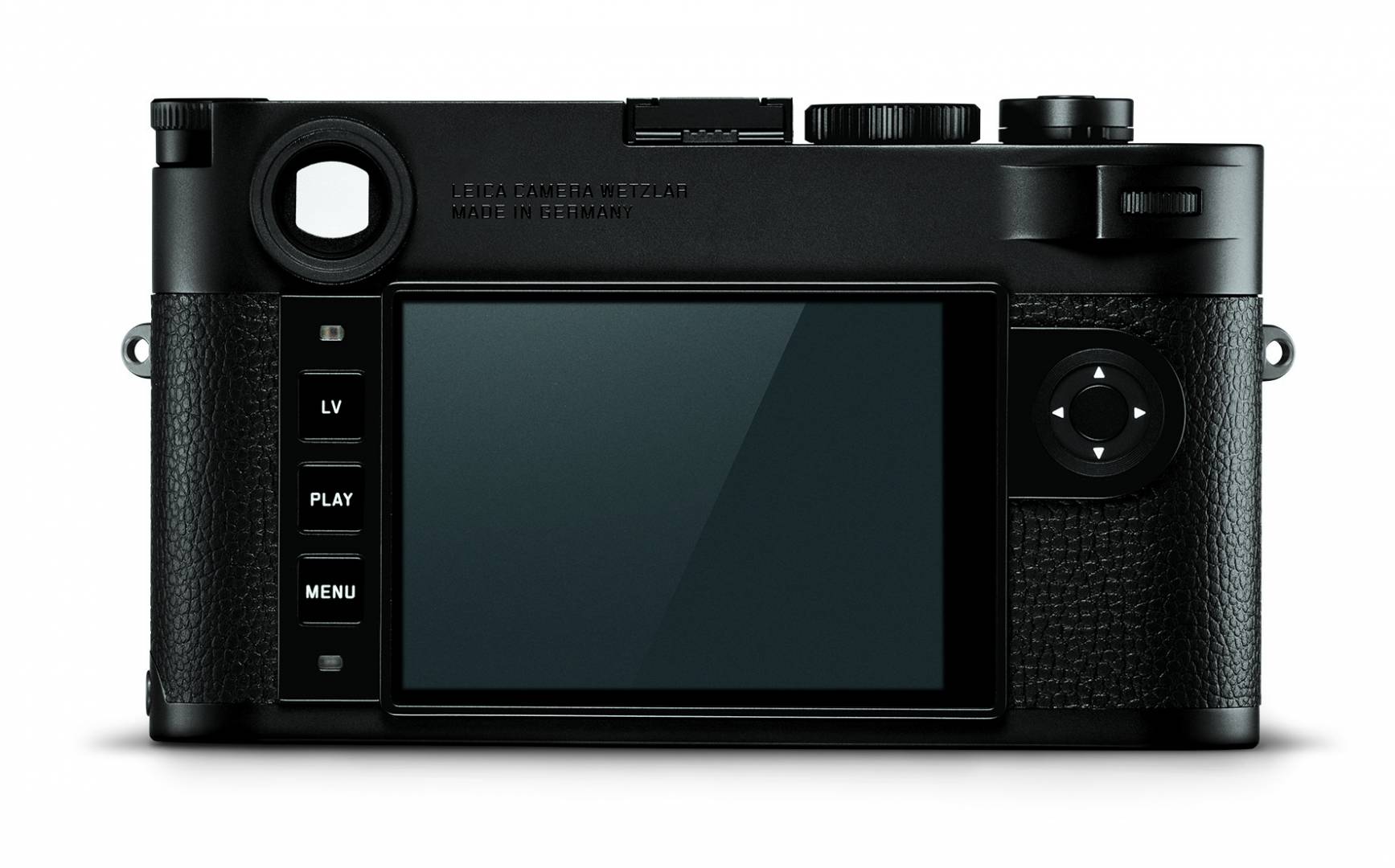
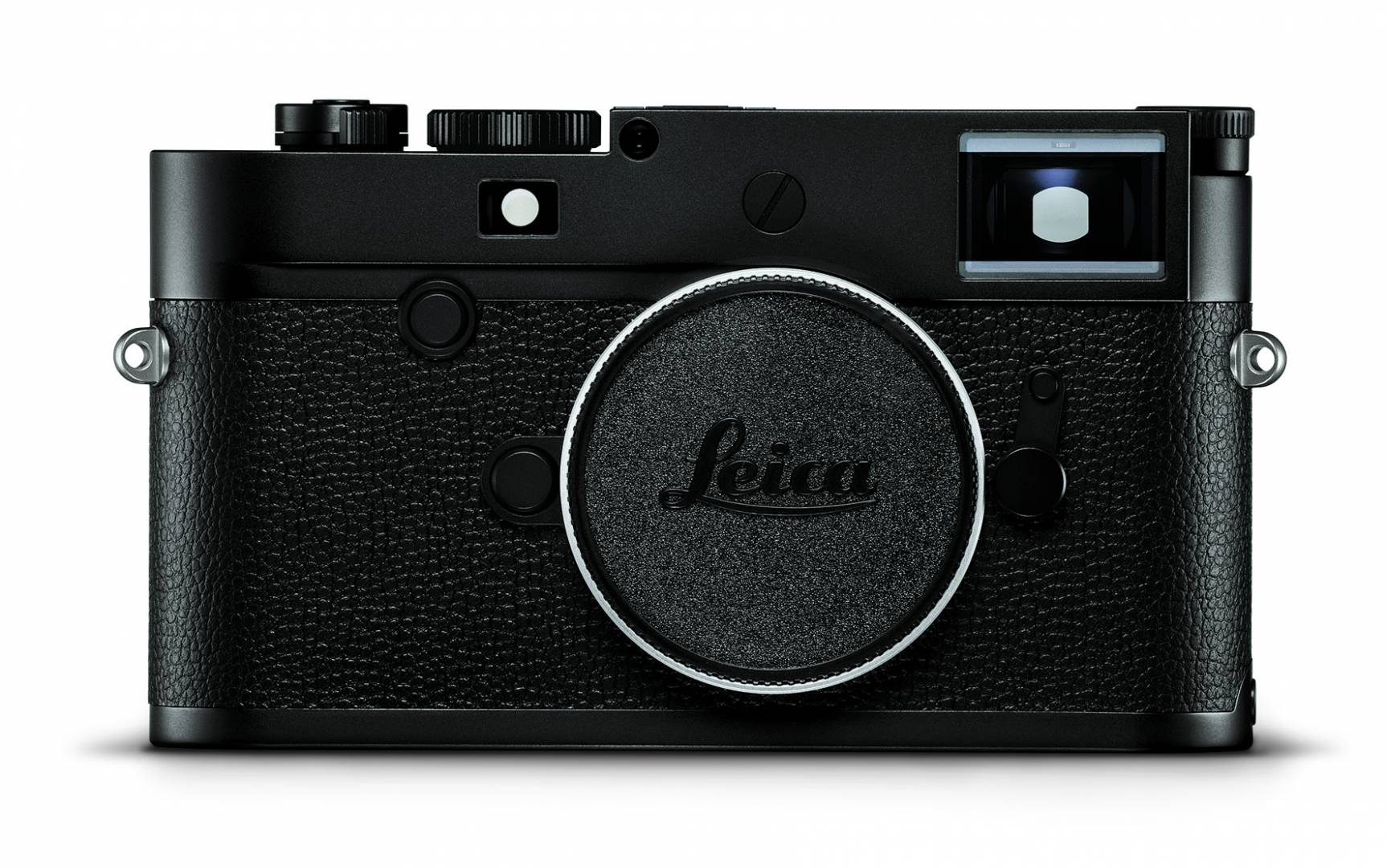
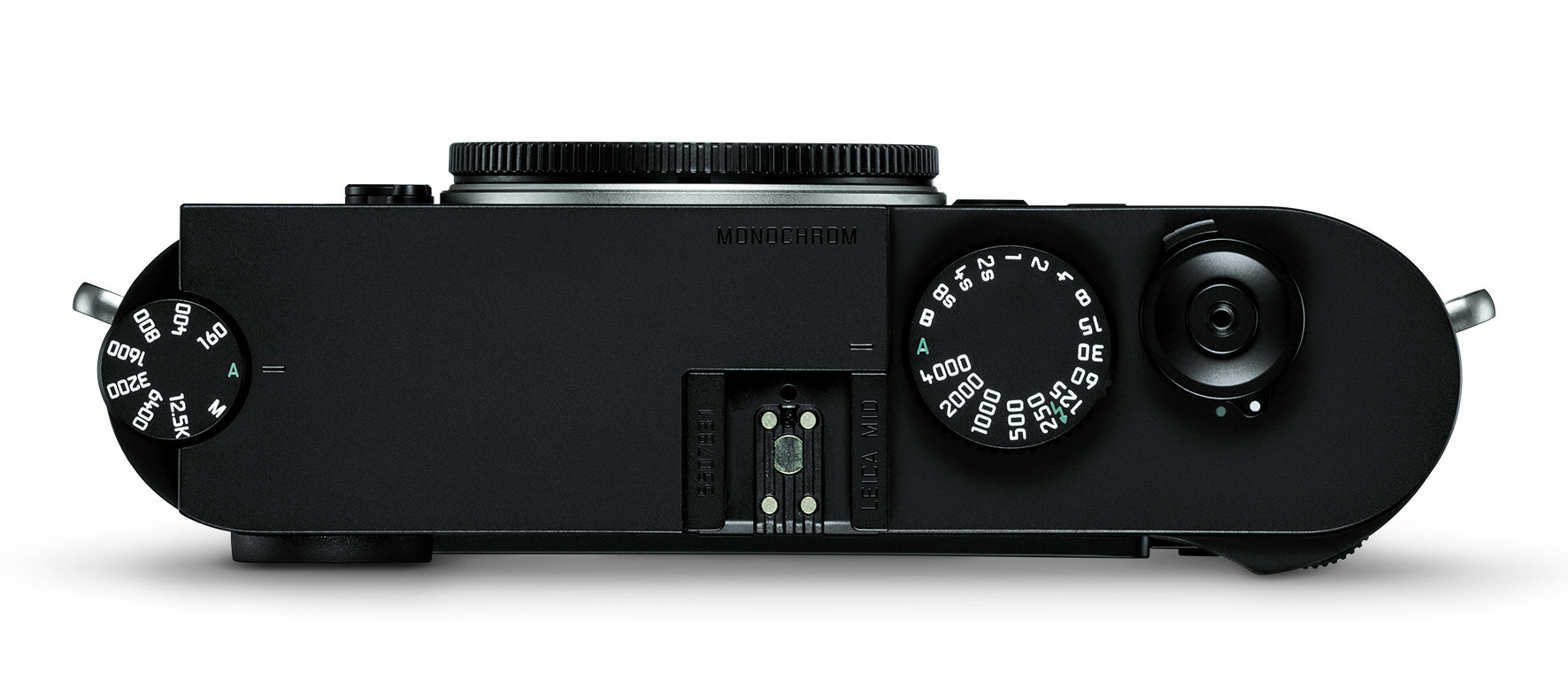


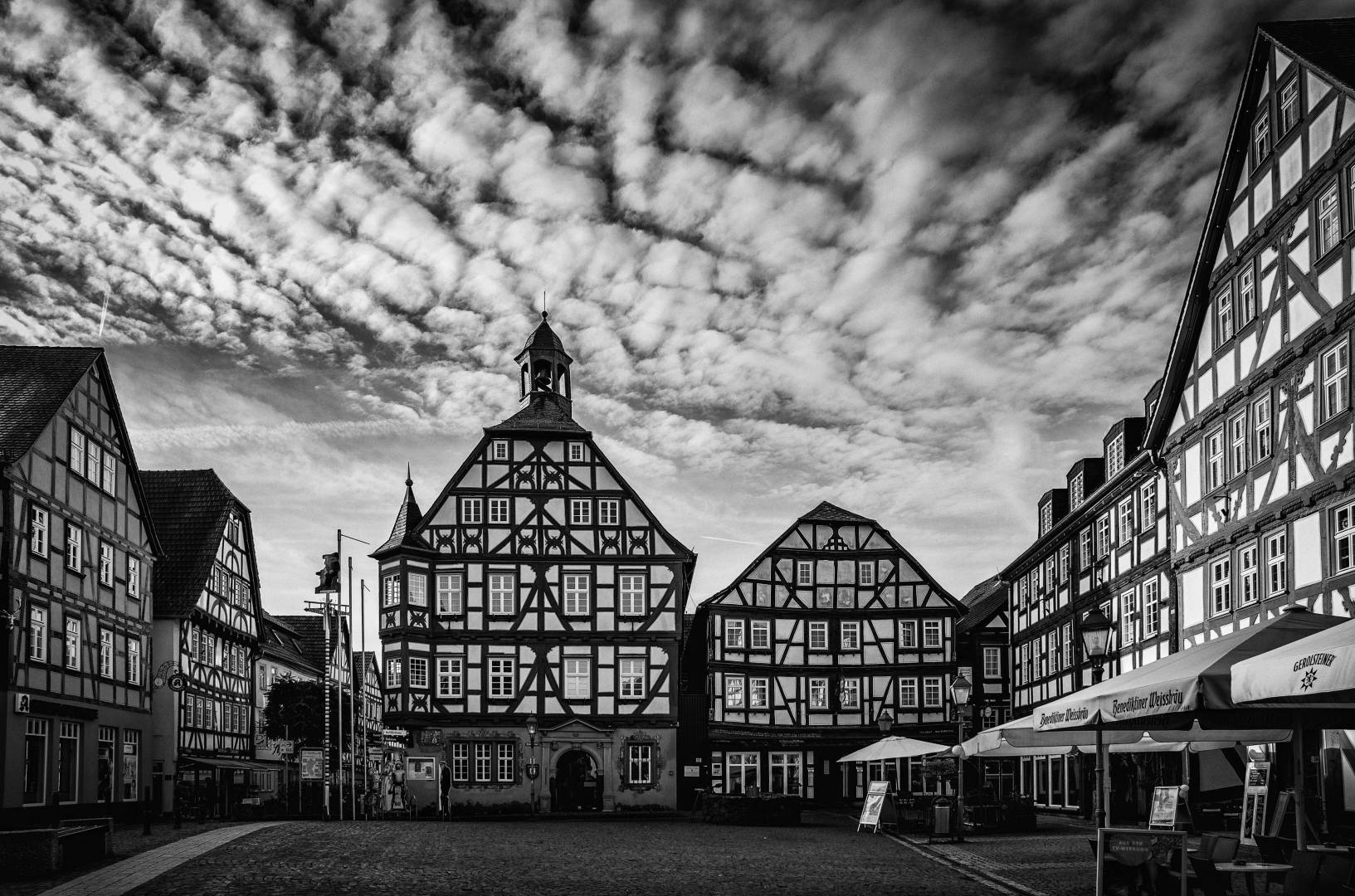
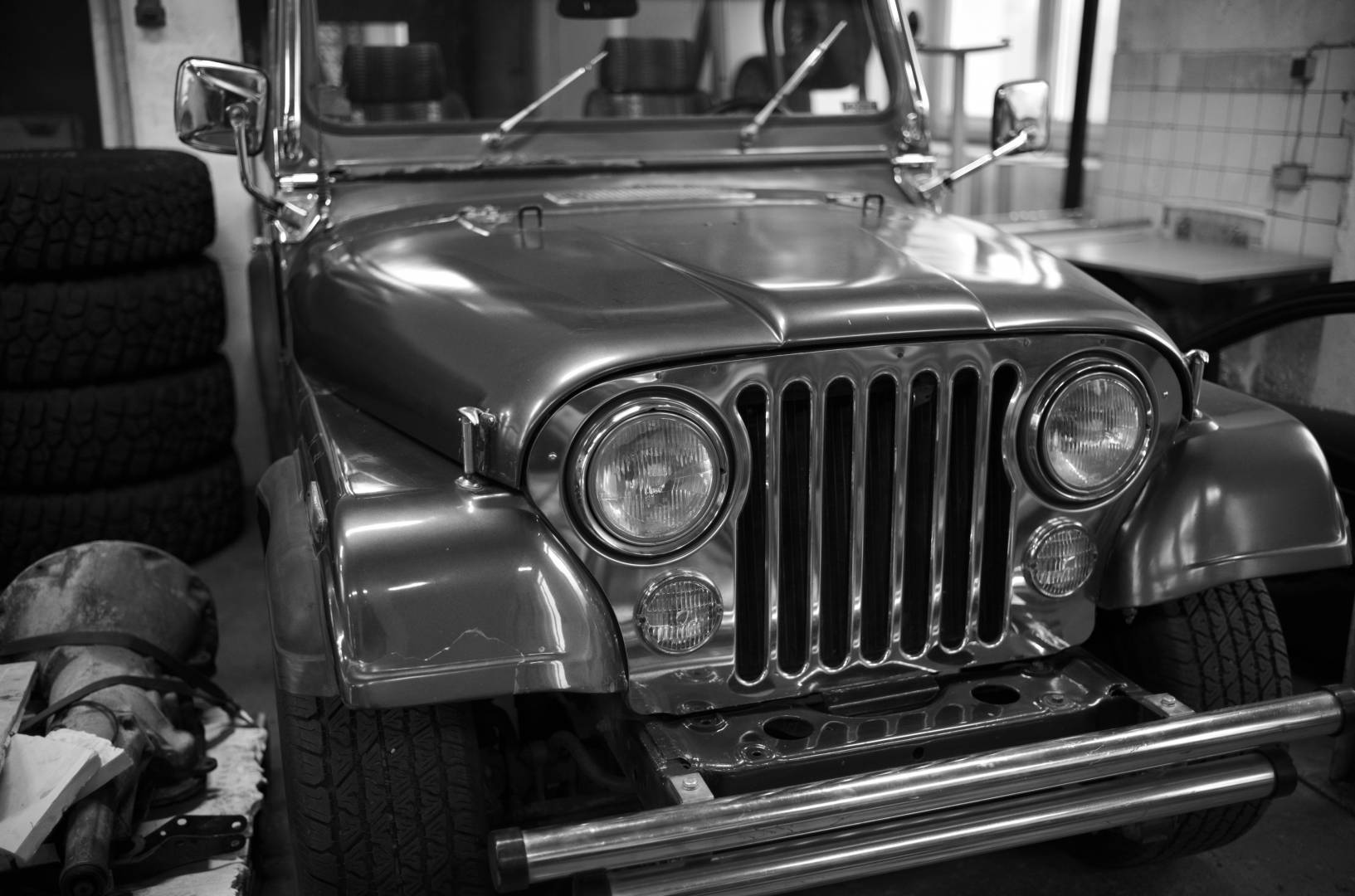
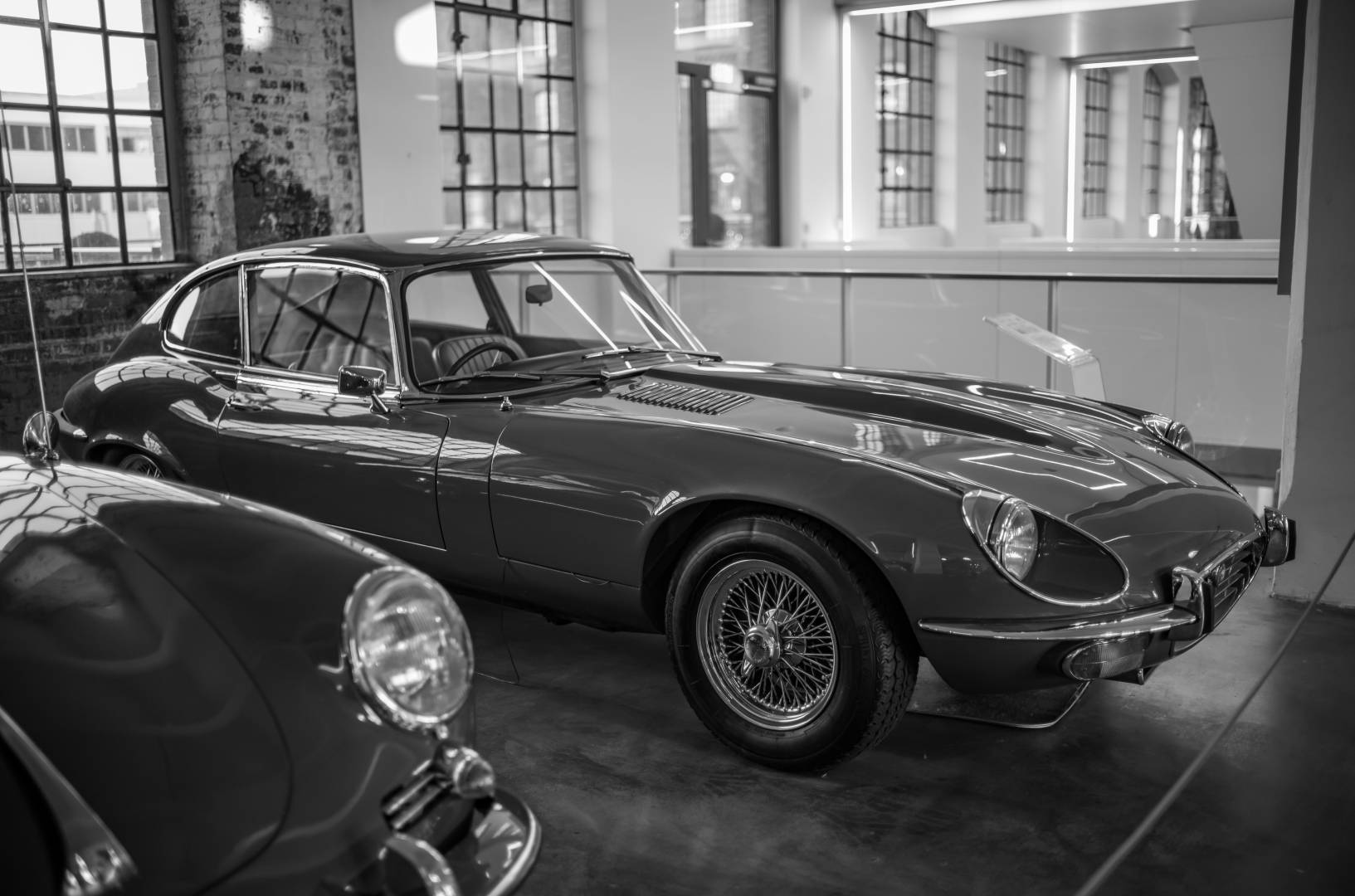
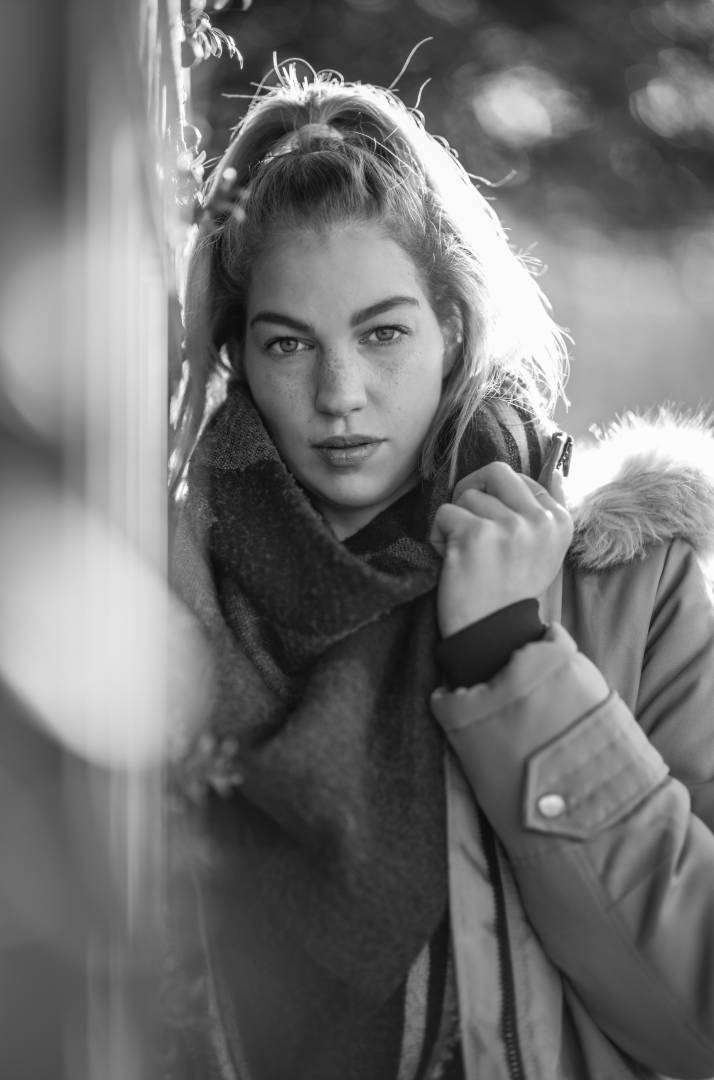
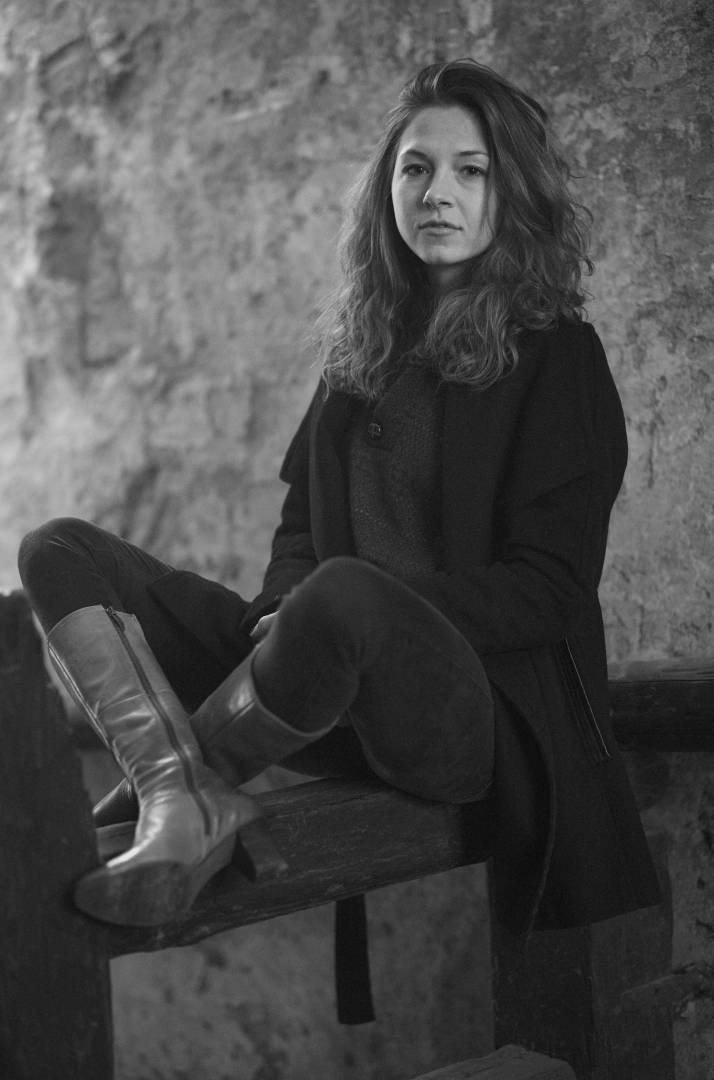
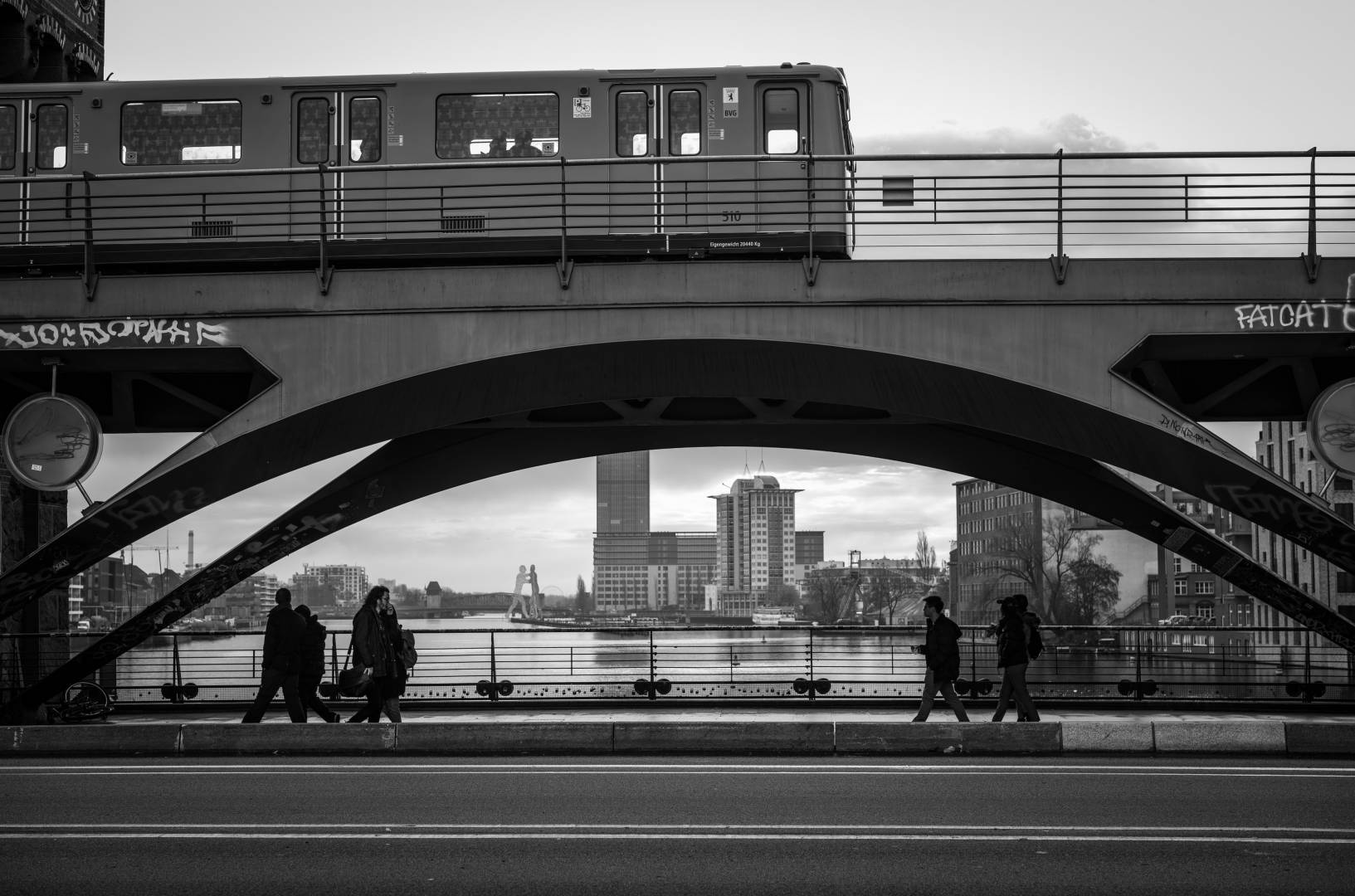
Remembering this piece and re=reading the three reviews of the (now) three Mono cameras by gREGORy Simpson, it occurred to me that there might be yet a further refinement.
Anyone for a Leica M10-D Monochrome?
So just when Jono has me thinking used Sl would be great deal Leica has to come out with this, and probably confuse me even more thinking about 2 generation mono.
Sorry John
If it’s any consolation I can confuse myself too!
Best
Jono
I am keen on this camera but I will have to defer purchase until funds materialize. We certainly have lots of wonderful choices these days in cameras. This will probably be much more film like with the high resolution and convert a few people that do high quality B&W printing.
I forgot to mention that people will need to be skilled at contrast processing to extract the gold out of this camera. They will also need to be competent in the use of colour filters or they will be much better off with a colour camera and do B&W processing.This is a specialty camera that needs a skilled photographer to use it. I saw so many incompetent reviews of the previous monochrom showing flat muddy images – they did not know how to use filters properly and how to adjust a tone curve. Presets are too crude to adjust contrast.
Oddly enough, Brian, these photos (above) do not look much like film to me: they’re less contrasty, with plenty of incredibly fine detail, but without the ‘granularity’ of film ..and without what you might call the “punch” of film.
But that’s just these few pictures. No doubt the punch, or contrast, could easily be dialled up in whichever program’s used on one’s own computer for handling photos.
It’s just that these pictures, and Jono’s, seem to lack the “kick” of film ..so this is a different genre of black and white – for me, anyway. And I think to myself “Why?”
Hi There David
You’ll have realised that my pictures have been processed quite extensively (as Brian points out, the high dynamic range lends itself to muddiness if left alone!).
But I thought I’d reply, because I don’t want my digital pictures to look like film – it seems to me to be throwing the baby out with the bathwater. I acknowledge the ‘kick’ of film and enjoy it (but I’m not trying to emulate it!)
All the best
Many thanks, Jono ..so, as I said, it looks like “..this is a different genre of black and white”.
– David.
You could buy a lot of Tri-X or HP 5 for this. I thought about the 246 for a few minutes some years ago after attending a demo in Dublin by Robin Sinha, but then I heard that the M10 was on the way and I have been very happy with that decision. I am pleased with the M10 and with B+W conversions from it in Silver Efex. I have just signed up with a studio where I can do B+W film processing with a view to working in 35mm and 120, eventually ending up with 5×4 (4×5 for US readers). This will include the use of an early Leitz Compur Lens. My local Leica dealer says that sales of film have increased hugely in the last year and the last 3 times I have been in their store there have been younger photographers leaving in rolls of film for processing. For ultimate quality you need to be able to do your own darkroom work. This looks like a lovely camera and I hope it sells well in spite of the price. I could not justify the purchase given the fact that I have an M10 and also because of my own film ambitions.
For those looking forward to 40 Mp, though, be careful about what you wish for.
William
So basically an M10P with a new sensor. Looks interesting enough that it might eventually displace my film shooting.
It will be interesting to see the reviews, in particular if the ISO 160 is a pull or native, and how much the larger sensor impacts battery life due to the increase in pixels (given that it still uses the Maestro II).